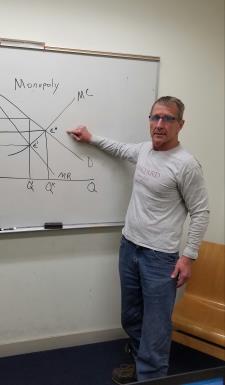
Lenny D. answered • 07/08/19
Global Macroeconomic Expert
Store of value means "over time". In your Barter economy if some of the products are Perishable (ice cream, fish, Bread, etc. ) they melts or start to smell or get stale and can't be used for much in transactions except instantaneously. Wheat could be stored and used for later transaction and may command some kind of a premium in its price as it can be a store of value. However, if next period there is a bumper crop you can lose purchasing power. Money absolutely does serve as a store of value and the primary role of the central bank is to preserve the purchasing power of the currency..




